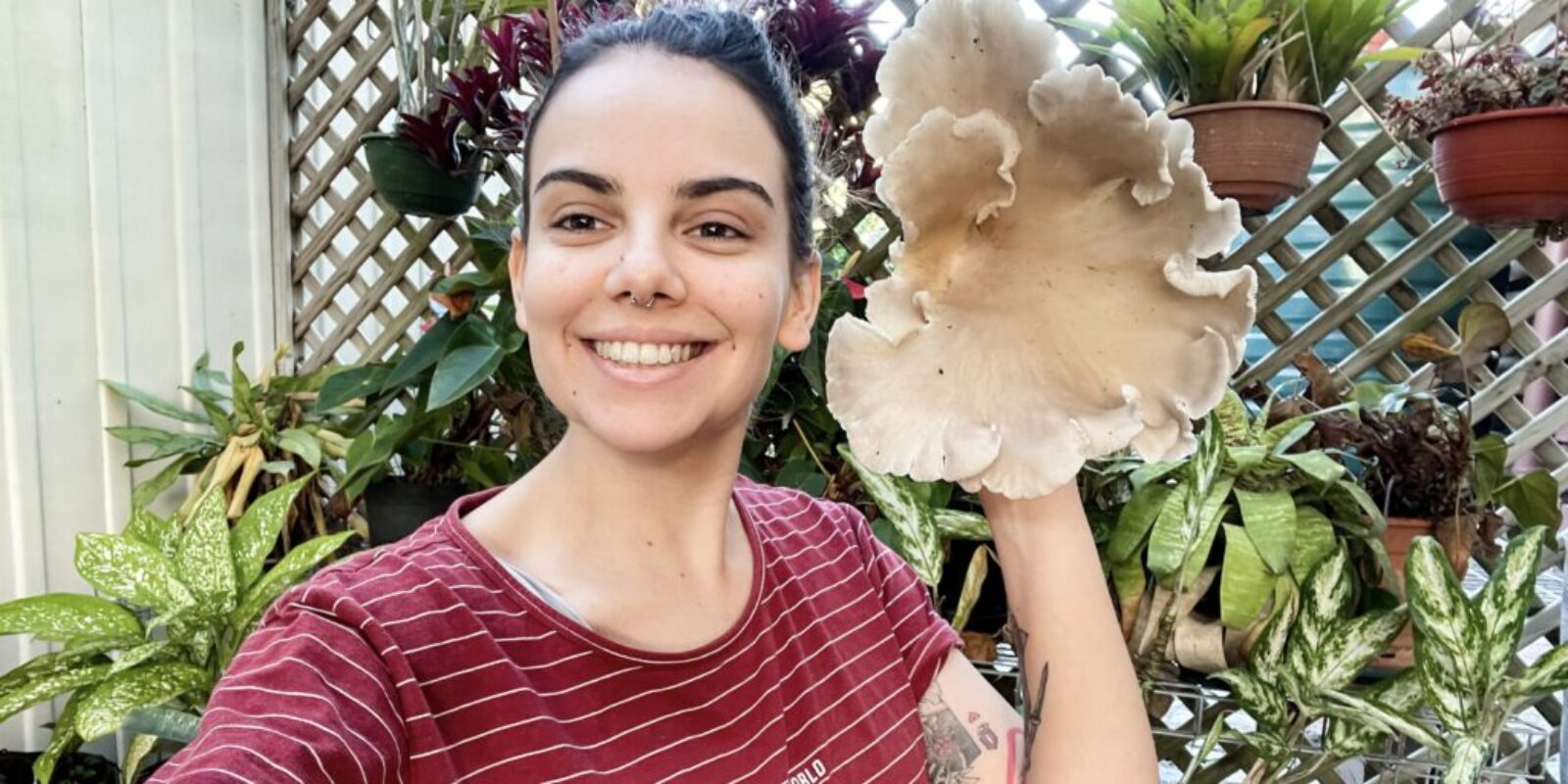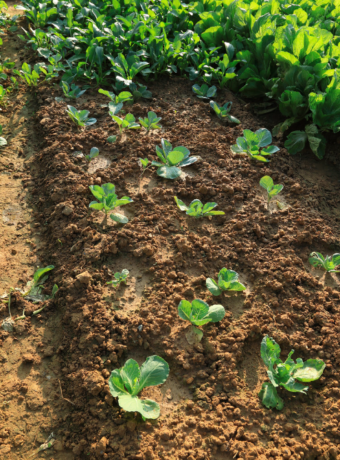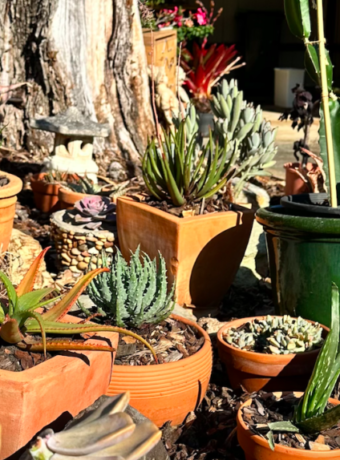Mushroom cultivation at home is a fascinating and rewarding practice that can add a unique dimension to your permaculture garden while providing a nutritious and delicious addition to your diet. In this article, we will delve deeper into why you might want to grow mushrooms, the important role that fungi and mushrooms play in ecosystems, and the intriguing life cycle of mushrooms.
Why Grow Mushrooms?
Mushrooms are a great source of protein, essential nutrients like potassium, selenium, and vitamin D, and are low in calories. They can be a healthy and tasty addition to any diet. Cultivating mushrooms at home is a fun and engaging hobby that can be enjoyed all year round. Mushroom cultivation is also a sustainable practice that reduces our reliance on environmentally harmful methods of food production.

Fungi are a crucial component of healthy ecosystems, breaking down organic matter and returning nutrients to the soil. They form a symbiotic relationship with plants, exchanging nutrients for sugars produced by the plant through photosynthesis. The mycelium of fungi is a network of thread-like structures that spread throughout the soil, breaking down organic matter and releasing nutrients. This network is also involved in the transfer of information between plants, allowing them to communicate with each other and the surrounding environment. This process is essential for the regeneration of ecosystems and the maintenance of biodiversity.
The Life Cycle of Mushrooms
The life cycle of mushrooms begins with the spores released by mature mushrooms. These spores are dispersed by wind or water and when they land on a suitable substrate, they begin to grow hyphae. These thread-like structures penetrate and break down organic matter, forming a network called a mycelium. The mycelium can spread for miles, breaking down and transforming the organic matter it encounters.

When the conditions are right, the mycelium produces mushrooms, which are the reproductive stage of the fungus. The mushrooms grow from the mycelium and emerge from the substrate to release spores. Different species of fungi have different requirements for fruiting, including temperature, humidity, and light. Understanding the requirements of the species you are growing is essential for successful cultivation.
Getting Started with Mushroom Cultivation
If you are new to mushroom cultivation, it is best to start with a species that is forgiving of beginner mistakes and easy to grow. Oyster mushrooms are a great choice, as they are hardy and fast-growing. There are several methods for growing mushrooms at home, including inoculating logs or straw with mushroom spawn, using pre-made mushroom grow kits, or building your own fruiting chamber.
A beginner-friendly method for growing mushrooms at home is using pre-made mushroom grow kits. These kits come with everything you need to grow mushrooms at home, including substrate, spawn, and a fruiting chamber. They are easy to use and require minimal effort to maintain. Simply follow the instructions provided with the kit, and within a few weeks, you will have your first harvest.
Inoculating logs with mushroom spawn is a popular method for growing mushrooms at home. It involves drilling holes in a log, filling the holes with spawn, and sealing them with wax. The log is then placed in a cool, dark, and humid location until the mycelium has colonized the log. Once colonization is complete, the log can be soaked in water to initiate fruiting.
Building your own fruiting chamber is a more involved process, but it allows for greater control over the growing conditions. A fruiting chamber can be built using basic materials like plywood, plastic sheeting,



